Titus Neupert
Weak-signal extraction enabled by deep-neural-network denoising of diffraction data
Sep 19, 2022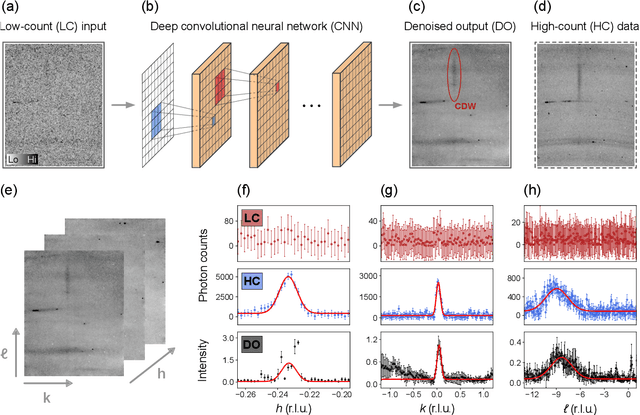
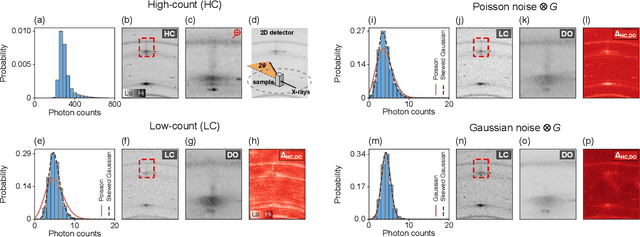
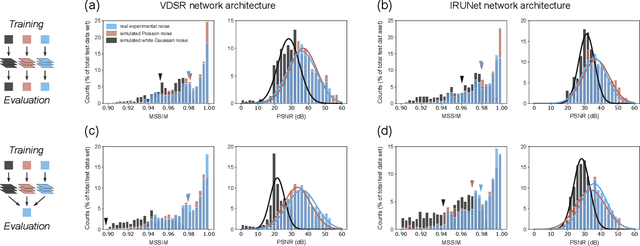

Abstract:Removal or cancellation of noise has wide-spread applications for imaging and acoustics. In every-day-life applications, denoising may even include generative aspects which are unfaithful to the ground truth. For scientific applications, however, denoising must reproduce the ground truth accurately. Here, we show how data can be denoised via a deep convolutional neural network such that weak signals appear with quantitative accuracy. In particular, we study X-ray diffraction on crystalline materials. We demonstrate that weak signals stemming from charge ordering, insignificant in the noisy data, become visible and accurate in the denoised data. This success is enabled by supervised training of a deep neural network with pairs of measured low- and high-noise data. This way, the neural network learns about the statistical properties of the noise. We demonstrate that using artificial noise (such as Poisson and Gaussian) does not yield such quantitatively accurate results. Our approach thus illustrates a practical strategy for noise filtering that can be applied to challenging acquisition problems.
Introduction to Machine Learning for the Sciences
Feb 08, 2021

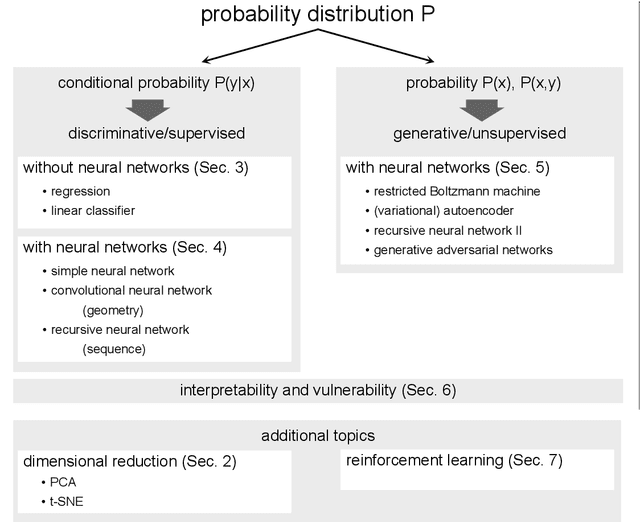

Abstract:This is an introductory machine learning course specifically developed with STEM students in mind. We discuss supervised, unsupervised, and reinforcement learning. The notes start with an exposition of machine learning methods without neural networks, such as principle component analysis, t-SNE, and linear regression. We continue with an introduction to both basic and advanced neural network structures such as conventional neural networks, (variational) autoencoders, generative adversarial networks, restricted Boltzmann machines, and recurrent neural networks. Questions of interpretability are discussed using the examples of dreaming and adversarial attacks.
Learning-based Defect Recognition for Quasi-Periodic Microscope Images
Jul 02, 2020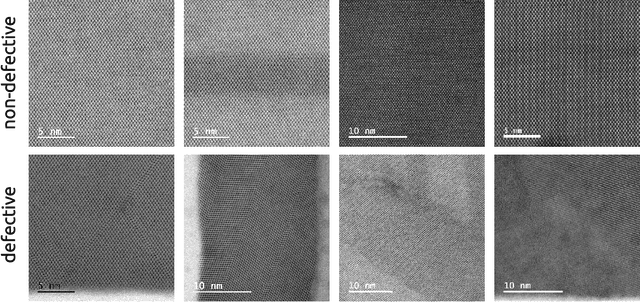

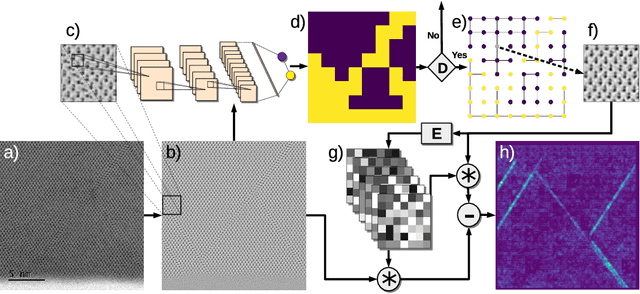

Abstract:The detailed control of crystalline material defects is a crucial process, as they affect properties of the material that may be detrimental or beneficial for the final performance of a device. Defect analysis on the sub-nanometer scale is enabled by high-resolution transmission electron microscopy (HRTEM), where the identification of defects is currently carried out based on human expertise. However, the process is tedious, highly time consuming and, in some cases, can yield to ambiguous results. Here we propose a semi-supervised machine learning method that assists in the detection of lattice defects from atomic resolution microscope images. It involves a convolutional neural network that classifies image patches as defective or non-defective, a graph-based heuristic that chooses one non-defective patch as a model, and finally an automatically generated convolutional filter bank, which highlights symmetry breaking such as stacking faults, twin defects and grain boundaries. Additionally, a variance filter is suggested to segment amorphous regions and beam defects. The algorithm is tested on III-V/Si crystalline materials and successfully evaluated against different metrics, showing promising results even for extremely small data sets. By combining the data-driven classification generality, robustness and speed of deep learning with the effectiveness of image filters in segmenting faulty symmetry arrangements, we provide a valuable open-source tool to the microscopist community that can streamline future HRTEM analyses of crystalline materials.
 Add to Chrome
Add to Chrome Add to Firefox
Add to Firefox Add to Edge
Add to Edge